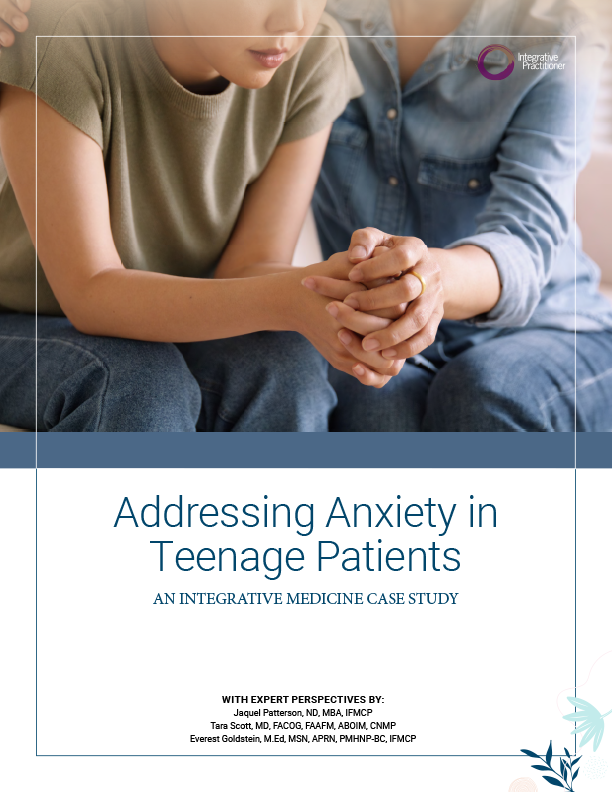Replicating natural light-dark cycle for indoor spaces may improve metabolic health, study suggests
Photo Cred: Carlos Caamal
By Avery St. Onge
A new study done by Maastricht University Medical Center in the Netherlands, found exposure to bright light during certain times of the day can alter post-meal metabolism and thermoregulation in overweight, insulin-resistant adults.
The study, published in Diabetologia, set out to discover if indoor light conditions that closely resembled the natural outdoor light-dark cycle would improve metabolic health. To do so, researchers observed 14, mixed-sexed, overweight insulin-resistant volunteers with an average age of 67 years old and exposed them to varying 24-hour lighting protocols for 40 hours. Participants were split randomly into two groups. The first group was exposed to a more natural light-dark cycle with electric bright light during the daytime and dim light during the evening. The second group experienced dim lighting during the daytime and bright light during the evening. Researchers measured the skin and core body temperatures of subjects. In addition, they performed 24-hour indirect calorimetry on participants and took frequent blood samples.
The study’s results showed the group exposed to bright light during the day had a greater increase in postprandial triacylglycerol after eating breakfast and lower glucose levels after dinner. According to the study, this could contribute to better digestion and lower carbohydrate absorption. The bright day group also maintained a high sleeping metabolic rate (SMR) and during dinner their energy levels were increased, suggesting the light conditions positive effects on their energy expenditure.
In contrast, the group exposed to dim light during the day had a decrease in SMR and energy expenditure following dinner. Also, the dim day group’s hormone melatonin levels, which according to the study, usually rise two to four hours prior to bedtime, were strongly suppressed. In addition, skin temperatures for this group, compared to the bright day group, were higher during the day and lower at night, which could negatively affect the onset of sleep, according to researchers.
These results indicate that replicating naturally occurring light-dark cycles in indoor spaces affects post-meal metabolism, energy levels, and body temperatures of middle-aged insulin resistant people. This study applies to patient care planning for integrative healthcare professionals who may want to consider implementing more natural light-dark conditions for patients struggling with their weight and insulin resistance.
















